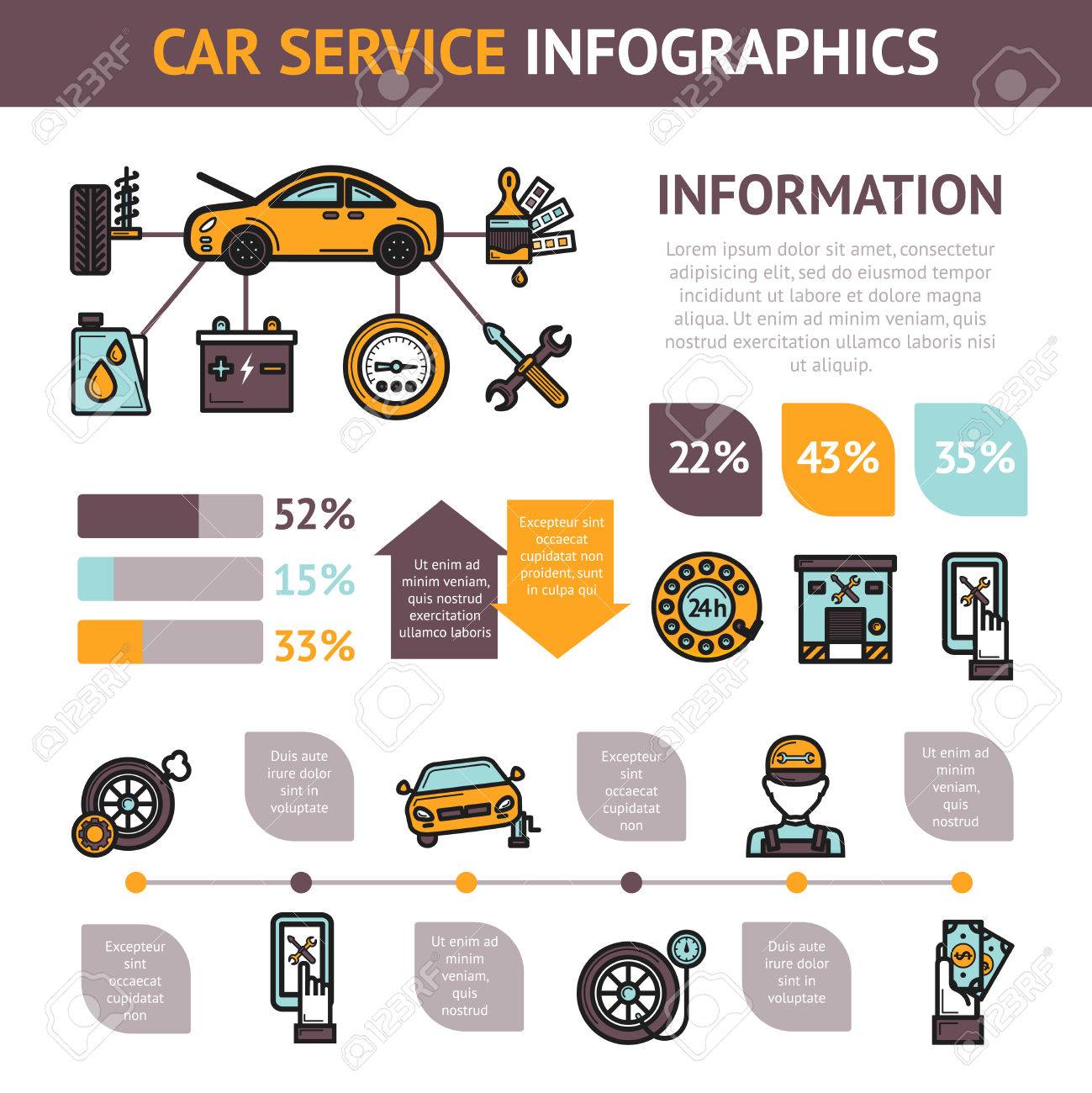Curious Concerning Those Control Panel Warning Lights In Your Car? Learn What They Mean For Your Vehicle'S Health And Safety
Curious Concerning Those Control Panel Warning Lights In Your Car? Learn What They Mean For Your Vehicle'S Health And Safety
Blog Article
Composed By-Samuelsen Corbett
When you lag the wheel, those beautiful warning lights on your dashboard can be a little bit bewildering. Do you understand what they're attempting to inform you about your vehicle's wellness? Recognizing the significance of these lights is crucial for your security and the durability of your car. So, the next time among those lights appears, wouldn't you wish to decipher its message precisely and take the needed actions to address it?
Common Warning Lights and Interpretations
Recognize typical caution lights in your vehicle and recognize their meanings to make certain safe driving.
The most normal warning lights include the check engine light, which indicates issues with the engine or emissions system. If this light begins, it's critical to have your lorry inspected quickly.
The oil stress advising light indicates low oil stress, calling for prompt interest to avoid engine damages.
A blinking battery light could recommend a malfunctioning billing system, potentially leaving you stranded if not attended to.
The tire pressure surveillance system (TPMS) light informs you to low tire pressure, impacting lorry security and fuel performance. Overlooking https://brakecheck73940.blog5star.com/30668064/check-out-the-revolutionary-patterns-that-are-redefining-the-future-of-auto-repair-service-consisting-of-the-increase-of-electric-cars-and-the-combination-of-expert-system could result in hazardous driving conditions.
https://vehicle-suspension-testin95062.webbuzzfeed.com/30794886/are-you-curious-regarding-the-widespread-misconceptions-bordering-auto-describing-discover-the-reality-behind-these-false-impressions-and-comprehend-the-advantages-of-professional-describing-for-each-vehicle-owner shows a problem with the anti-lock braking system, endangering your ability to stop promptly in emergency situations.
Finally, the coolant temperature alerting light warns of engine overheating, which can result in severe damage otherwise dealt with quickly.
Understanding these common caution lights will certainly aid you attend to issues promptly and maintain risk-free driving conditions.
Significance of Prompt Interest
Understanding the typical warning lights in your vehicle is only the first step; the significance of promptly dealing with these warnings can not be highlighted enough to ensure your safety on the road.
When a caution light brightens on your control panel, it's your automobile's means of connecting a potential concern that needs interest. Ignoring these cautions can cause a lot more extreme issues later on, endangering your safety and security and potentially costing you extra out of commission.
Prompt focus to advising lights can prevent failures and accidents. For instance, a blinking check engine light might suggest a misfire that, if left neglected, might trigger damage to the catalytic converter. Resolving https://engine-remapping74051.answerblogs.com/30465845/perfect-your-capacity-to-choose-the-most-appropriate-automobile-repair-shop-by-using-these-10-insightful-standards can conserve you from a pricey repair service.
In https://www.firehouse.com/operations-training/news/21271061/firefighters-ffs-battle-stubborn-harrisburg-pa-auto-repair-shop-fire , a brake system advising light may signal reduced brake liquid or used brake pads, essential parts for your security when driving.
Do It Yourself Troubleshooting Tips
If you notice a caution light on your control panel, there are a couple of DIY repairing suggestions you can try before seeking expert help.
The very first step is to consult your auto's handbook to understand what the particular caution light indicates. Occasionally the problem can be as simple as a loose gas cap triggering the check engine light. Tightening up the gas cap may settle the issue.
An additional usual issue is a reduced battery, which can trigger different cautioning lights. Checking the battery connections for corrosion and ensuring they're safe might repair the trouble.
If a warning light lingers, you can try resetting it by separating the cars and truck's battery for a couple of minutes and after that reconnecting it. Furthermore, inspecting your automobile's fluid degrees, such as oil, coolant, and brake liquid, can aid repair advising lights connected to these systems.
Final thought
In conclusion, comprehending your auto's caution lights is vital for maintaining your car running smoothly and securely. By quickly resolving these signals and knowing what they imply, you can prevent costly repairs and possible breakdowns.
Bear in mind to consult your car's handbook for specific information on each warning light and take action appropriately to make certain a trouble-free driving experience.
Stay educated, stay risk-free when driving!
